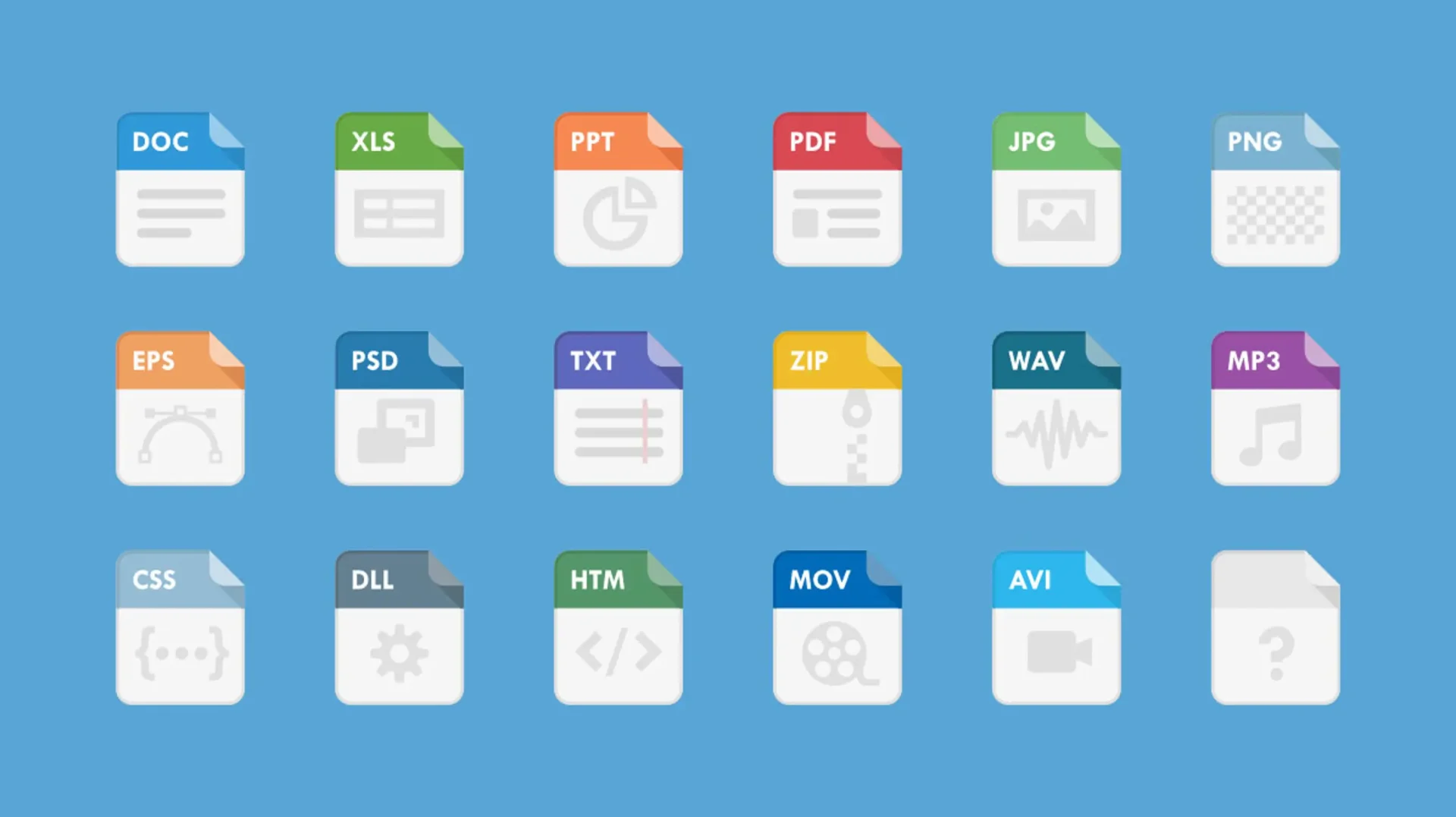The top 10 data interchange or data exchange formats used today vary depending on the specific domain and use case. However, here are ten widely used formats across different industries:
- JSON (JavaScript Object Notation): JSON is a lightweight and human-readable format that is widely used for data interchange in web services and APIs.
- XML (eXtensible Markup Language): XML is a versatile format used for structured data interchange and is commonly used in various domains, including web services, document storage, and configuration files.
- CSV (Comma-Separated Values): CSV is a simple text-based format that represents tabular data, with each line representing a record and each field separated by commas. It is commonly used for spreadsheet applications and data exchange between different systems.
- YAML (YAML Ain’t Markup Language): YAML is a human-readable format that focuses on simplicity and is often used for configuration files, data serialization, and inter-system communication.
- Protocol Buffers: Protocol Buffers, developed by Google, provide a language-agnostic binary serialization format. It is highly efficient and commonly used for high-performance communication between systems.
- Avro: Apache Avro is a binary serialization format that provides a compact and efficient way to exchange data between systems. It supports schema evolution and is often used in big data processing frameworks like Apache Kafka and Apache Spark.
- Parquet: Parquet is a columnar storage format commonly used in big data processing frameworks like Apache Hadoop and Apache Spark. It offers efficient compression and column pruning, making it ideal for handling large datasets.
- BSON (Binary JSON): BSON is a binary representation of JSON-like documents and is commonly used in NoSQL databases like MongoDB.
- MessagePack: MessagePack is a binary format that efficiently serializes structured data. It is commonly used in data-intensive applications and supports multiple programming languages.
- HDF5 (Hierarchical Data Format 5): HDF5 is a flexible and scalable data format used for storing and exchanging large volumes of scientific data. It supports hierarchical structures and is popular in domains like scientific research and simulation.
Please note that the popularity and usage of these formats may vary depending on specific requirements and industry practices.
From our partners:
For enquiries, product placements, sponsorships, and collaborations, connect with us at [email protected]. We'd love to hear from you!
Our humans need coffee too! Your support is highly appreciated, thank you!






